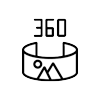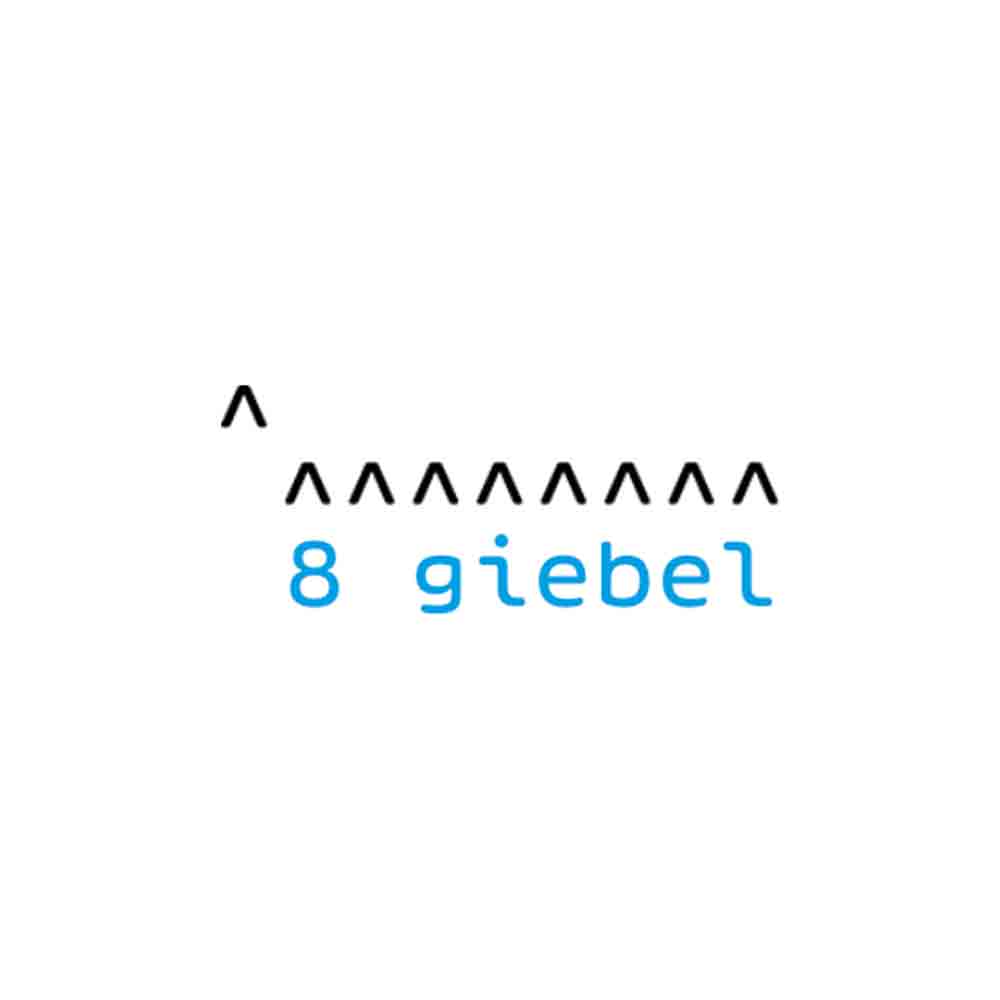Northern Coasts 23: A Major Naval Exercise in the Baltic Sea under German Command
Rostock, , September 1st, 2023
This year’s Northern Coasts (NOCO) naval exercise—one of the most important multinational exercises for strengthening cooperation between the naval forces of Germany and its partners in the #Baltic #Sea region—will take place between September 9th and 23rd, 2023. The German Navy, namely the German Maritime Forces Staff (DEU MARFOR), will be responsible for planning and conducting the exercise this year. When it comes to national and collective defence, protecting the northern flank is one of the key priorities of the German Navy.
“The mission of the German Navy is to protect Germany and its people. Every day - above, on and below the surface of the sea. After the start of the war in #Ukraine, we showed that we were ready for this, among other things, with our quick decision ‘everything that swims is to set sail’. Ensuring this protection means above all: exercise, presence, and permanent vigilance - together with our partners in NATO and the EU. The Northern Coasts exercise serves precisely these goals. The German Navy will take over the leadership of the exercise by our command center in Rostock starting this year. I am very glad that besides us the USA and twelve other nations are taking part in this exercise, which is so important for the Baltic Sea countries”, says Vice Admiral Jan Christian Kaack, Chief of the German Navy.
The objective of NOCO 23 is to practice tactical procedures in littoral waters in a national and collective defence scenario. In this context, it is essential to optimize interoperability between the naval, land and air forces involved and to further intensify cooperation between the partners in the Baltic Sea region. The exercise area primarily comprises the coastal waters of Estonia and Latvia, including the associated landspace and airspace, as well as the eastern and central parts of the Baltic Sea.
“With NOCO 23, we are taking a huge step towards the full operational readiness of our DEU MARFOR staff in Rostock. At the same time, it is the first time that we, as DEU MARFOR, are planning and conducting a manoeuvre of such magnitude. This year, about 3,200 soldiers from 14 nations are participating in the exercise. Around 30 ships, submarines, up to 15 aircraft and various landing units are training together. This year, for the first time since the manoeuvre’s premiere in 2007, a realistic scenario is being practised within the framework of alliance defence. Another premiere is, that a manoeuvre is being led by my staff and me from Rostock, although it is taking place off the coasts and on the territory of Latvia and Estonia. We are ready with our expertise to take responsibility”, says Rear Admiral Stephan Haisch, Exercise Director and Deputy Commander of DEU MARFOR.
NOCO
The Northern Coasts exercise series was launched by the German Navy in 2007. It is the key exercise of the Chief of the German Navy. Responsibility for conducting the exercise alternates annually between Germany, Denmark, Sweden and Finland. This year, it is Germany’s turn to assume command. The participating nations of this year’s exercise are Italy, France, Finland, Estonia, Denmark, Canada, Belgium, Latvia, Lithuania, the Netherlands, Poland, Sweden, the United States, and Germany. The assets dispatched by the German Navy will include the frigate “Hamburg”, the clearance diver support vessel “Bad Rappenau”, the tender “Elbe”, one P 3C “Orion” maritime patrol aircraft, and the replenishment oiler “Rhoen”. Two task groups from the maritime component of NATO’s Very High Readiness Joint Task Force (VJTF) will also participate in the exercise. The frigate “Hessen” and the replenishment oiler “Spessart” are currently part of Standing NATO Maritime Group 1 (SNMG 1/ Task Group 01—consisting of frigates and destroyers) under the command of German Rear Admiral Thorsten Marx, and the minehunter ’Bad Bevensen’ is currently operating with Standing NATO Mine Countermeasures Group 1 (SNMCMG 1/ Task Group 03—consisting of mine countermeasures vessels). For the first time ever, NOCO will see the participation of a US Navy amphibious warfare ship. #US Marines of the 26th Marine Expeditionary Unit will practice together with components of the German Sea Battalion, both aboard the USS “Mesa Verde” and ashore.
DEU MARFOR
The “German Maritime Forces Staff”, abbreviated to DEU MARFOR in NATO terminology, is a military naval command element. Its personnel plan and command multinational naval exercises and operations. In times of crisis, NATO or EU, for example, can activate DEU MARFOR as a maritime headquarters to command multinational naval forces. DEU MARFOR is thus another German contribution to Alliance defence. The staff is an integral part of the newly established German Navy Operations Centre in Rostock. Its nucleus is formed by almost 100 servicemen and women, and up to 25 of these posts may be filled with multinational personnel. Should DEU MARFOR be activated to fulfil a specific task in the event of a crisis, it will be augmented by experts from both the German armed forces and partner nations. The work processes and routines are certified according to NATO standards, and the day-to-day working language is English. All these features make DEU MARFOR unique in the German Navy.
VJTF
In addition to participating in the missions mandated by the German Parliament, the German Navy continuously contributes vessels to NATO’s four multinational naval forces. Operating as part of these #NATO forces is one of Germany’s obligations towards the Alliance also in times of peace. The naval forces of NATO have been in existence for decades. They are not strictly tied to a specific region, which is one of the reasons why they are used as naval rapid reaction forces that enable the Alliance to respond to potential crises or conflicts in a flexible manner. The naval forces are therefore part of the NATO Response Force (NRF) and within this formation they constitute the maritime component of the Very High Readiness Joint Task Force - the spearhead of NATO, which is ready to be deployed at any time. Two of the forces are capable of ensuring the large-area protection of sea routes, while the other two specialize in mine countermeasures. More …
…










































 Gütsel RSS Feed
Gütsel RSS Feed



















































